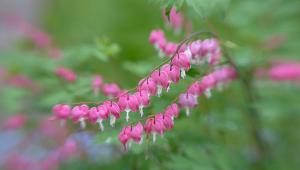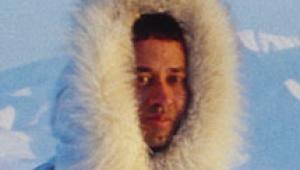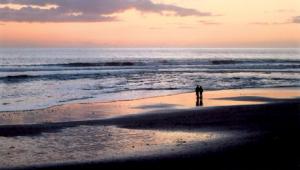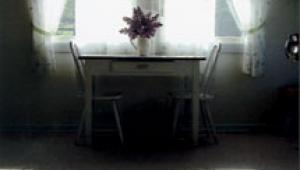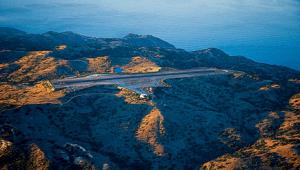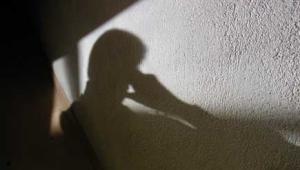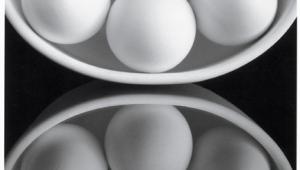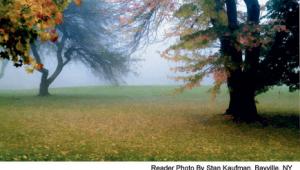The Wonders of Flash Page 7
| Off-Camera Flash Direct on-camera flash is not the best lighting for portraits, because it casts an unattractive shadow on the backdrop behind the subject, provides little modeling of the face, is harsh and produces red-eye. You can eliminate the shadow from the backdrop by moving your subject farther from the backdrop (the only solution with built-in flash units) or by raising the flash unit up high enough so that the shadow is cast down out of the picture area. Raising the flash unit has the added benefit of eliminating the flat, unexciting look of direct frontal lighting. Positioning the flash unit 45° to one side of the camera and 45° above it is a good starting point for the main light in flash portraiture. Note: When you move the flash off-camera, remember to use the flash-to-subject distance, not the camera-to-subject distance read off the lens' focusing scale, for exposure calculations. Some of today's SLR cameras offer accessory off-camera TTL sync cords that let you move the flash off-camera yet still retain full TTL flash automation, and a few offer wireless off-camera TTL flash capability. These systems automatically handle the exposure for you. Bounce Flash If you don't have an umbrella reflector, you can bounce the flash off a nearby wall or ceiling. A white wall is a good choice, because it reflects side or side/front lighting, depending on whether you position your subject with the wall directly to one side or with the wall more in front. Ceiling bounce light generally comes from too high an angle to produce flattering people pictures, but is useful for providing overall illumination while eliminating the flat look of on-camera flash. Don't use a colored wall for bounce lighting—your subject will take on the wall's cast in the resulting color photograph. Many shoe-mount flash units have heads that swivel and tilt for bounce lighting while retaining full TTL flash automation. If your flash unit/camera combination doesn't offer this capability, you can determine exposure for bounce flash (whether off a wall or an umbrella reflector) by using a flash meter, which reads the flash burst and tells you what aperture to use for the shot. If you use multiple-flash-unit lighting setups, the flash meter is about the only way to determine exposures (although some AF SLR cameras provide TTL flash control with multiple flash units, via special sync cords or wirelessly). If you have to determine exposure for bounce flash manually, measure the distance from the flash unit to the reflecting surface and add this to the distance from the reflecting surface to the subject. Calculate the f-stop based on this combined distance, then open the lens one stop from the resulting exposure. And bracket exposures to compensate for variations in bounce surfaces. Because bounce lighting increases the flash-to-subject distance, and some light is lost in the reflecting process, you need a fairly powerful flash unit to use bounce lighting. Red-Eye The only way to eliminate red-eye is to move the flash unit away from the lens—above or to one side of the camera. Obviously, built-in flash units can't be moved off-camera, so most camera manufacturers incorporate a red-eye-reducing (not eliminating) feature, such as pre-exposure flash bursts that "stop-down" the subject's eyes to minimize the effect. While fairly effective, such pre-exposure bursts do affect the spontaneity of the image. |
- Log in or register to post comments





